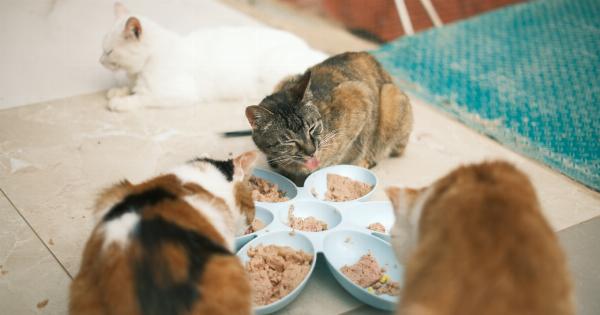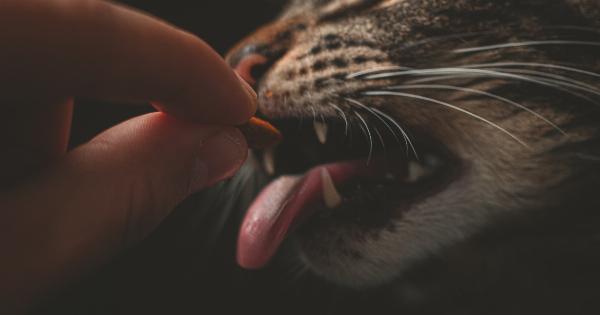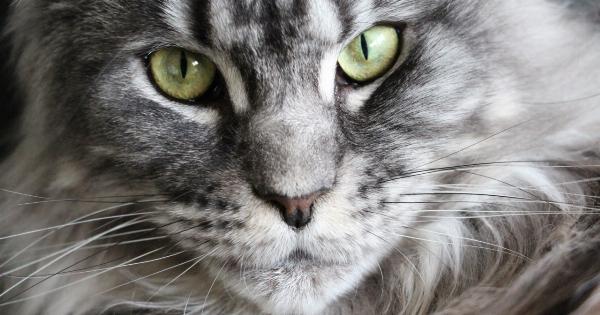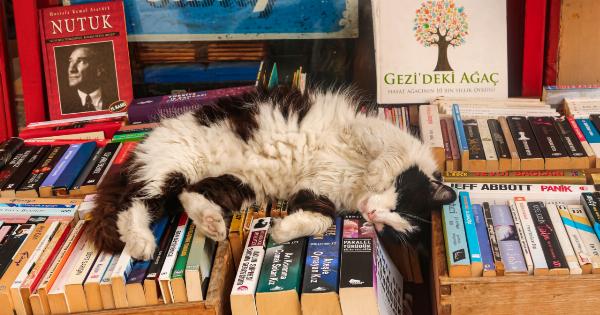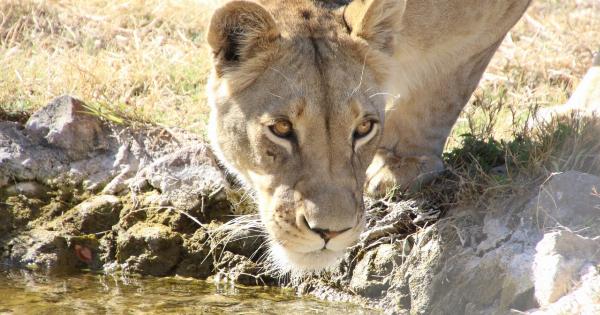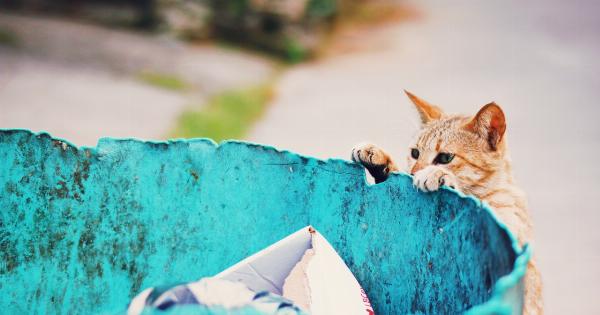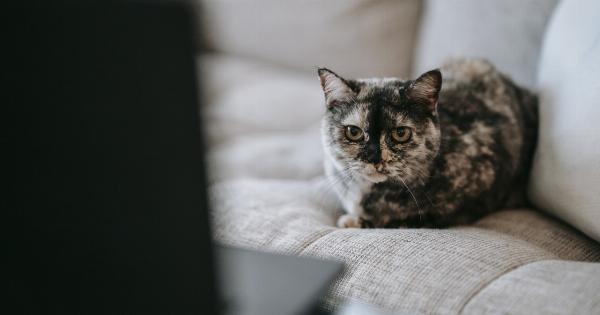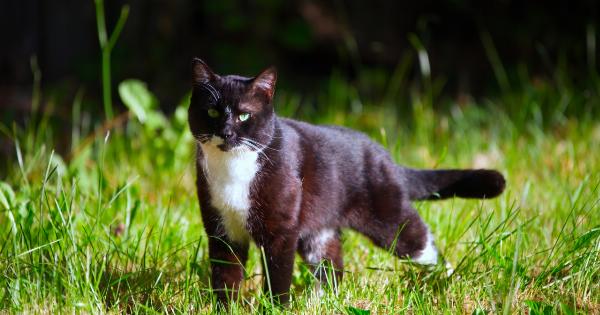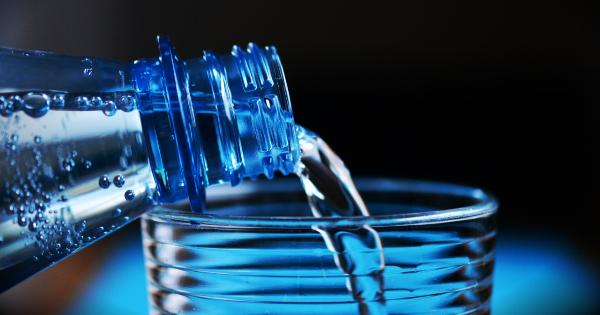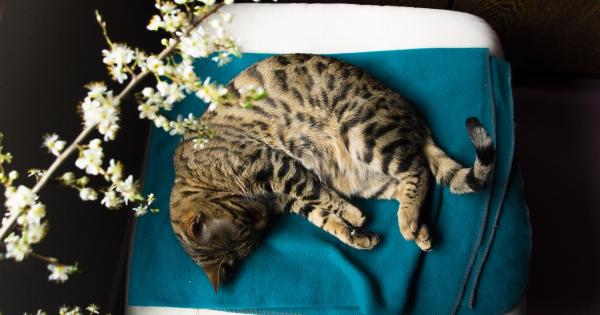Dehydration can be a serious health concern for cats. As a responsible cat owner, it is your duty to ensure that your furry friend stays hydrated at all times.
In this comprehensive guide, we will discuss the importance of hydration for cats, signs of dehydration, and effective strategies to prevent dehydration in your cat.
Understanding the Importance of Hydration for Cats
Water is an essential component for maintaining overall health in cats. Adequate hydration aids in digestion, regulates body temperature, promotes healthy organ function, and flushes out toxins.
Cats have a low thirst drive, and they obtain most of their water from food. Therefore, it is crucial to provide an environment that encourages regular water intake.
Signs of Dehydration in Cats
Recognizing the signs of dehydration in cats is essential for prompt intervention. Some common signs of dehydration include:.
Monitoring your cat’s water intake and regularly checking for these signs can help you identify dehydration early on.
Preventing Dehydration in Cats
To protect your cat from dehydration, here are some important strategies to implement:.
1. Provide Fresh Water
Keep a fresh and clean water source available at all times. Cats prefer running water, so consider investing in a cat water fountain. Regularly replace the water and clean the bowl to ensure freshness.
2. Encourage Moist Food
Moist foods, such as canned cat food or homemade wet food, contain higher water content than dry kibble. Including moist food in your cat’s diet can increase their overall water intake.
3. Monitor Water Consumption
Observe your cat’s water intake to ensure they are drinking enough. If you notice a significant decrease in their water consumption, consult with a veterinarian to rule out any underlying health issues.
4. Multiple Water Stations
Place water bowls in various locations throughout your home to make it easily accessible for your cat. This can also be helpful if you have multiple cats, as it reduces competition for the water source.
5. Flavor Water with Broth
If your cat is reluctant to drink plain water, try adding a small amount of low-sodium chicken or beef broth to make it more enticing.
6. Provide a Humid Environment
Dry air can contribute to dehydration. Use a humidifier in your home, especially during dry seasons, to increase the moisture level in the environment.
7. Regular Grooming
Cats may avoid drinking water if they have a dirty or matted coat. Regular grooming prevents matting and encourages cats to stay clean, increasing their water intake.
8. Avoid Heat Stress
Ensure your cat has a cool and shaded area to relax in, especially during hot weather. Avoid exposing them to direct sunlight, and never leave them locked in a car.
9. Consult with a Veterinarian
If you suspect your cat is experiencing dehydration or has a decreased water intake, consult with a veterinarian. They can provide professional advice and determine the underlying cause.
Conclusion
Keeping your cat hydrated is crucial for their overall health and well-being.
By understanding the importance of hydration, recognizing signs of dehydration, and implementing preventive measures, you can protect your cat from dehydration-related complications. Remember, regular monitoring and consultation with a veterinarian are essential for your cat’s health. Take the necessary steps today to keep your furry companion happy and hydrated!.






